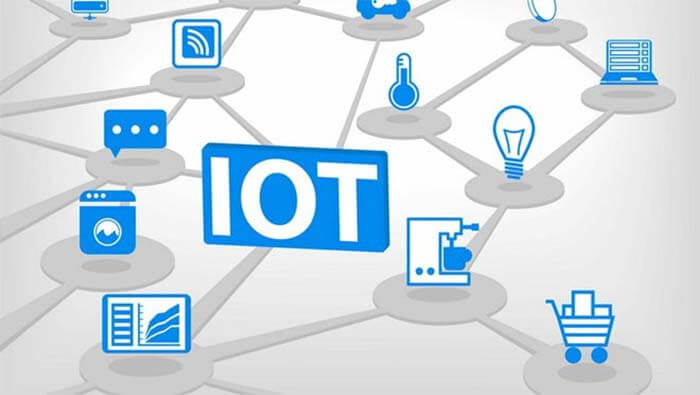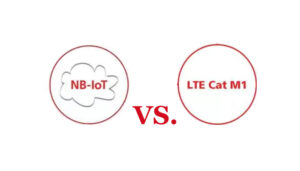After reading the Top 14 IoT Trends to Emerge in 2024 article, you will learn about what the 14 IoT Trends will be happening.
What is IoT?
The Internet of Things (IoT) is a system of connected devices, digital machines, and users with unique identifiers and network transportability that eliminates the need for human-to-human or human-to-machine interaction.
IoT is an important part of the new generation of information technology. Unlike the Internet, the main application objects of IoT are some physical devices, such as vehicles, home appliances, buildings, etc.
By embedding electronic software, sensors and some network connection devices in these physical devices, the exchange of data between devices can be realized, thus establishing a set of interconnected networks.
According to statistics, more than 43 billion devices are currently expected to be connected to the IoT worldwide, which will generate, share, collect and help people use data in a variety of ways.
The 14 most important IoT trends
Here are the 14 most important IoT trends that will change the world in 2023.
IoT Trend 1: Growth of Data and Devices with More Human-Computer Interaction
By the end of 2019, approximately 3.6 billion devices are actively connecting to the Internet and being used for everyday tasks. With the introduction of 5G, the door will open for more devices and data traffic.
Enterprises can add the adoption of edge computing to this trend, which will make it easier to process data faster and get closer to the point of action.
IoT Trend 2: Artificial intelligence will be a big player in the IoT
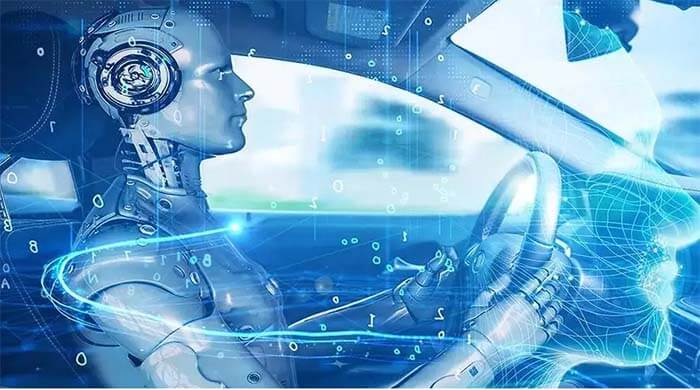
Making the most of data, and even understanding how modern infrastructure works at a fundamental level, will require computer assistance through artificial intelligence.
Major cloud providers, including Amazon, Microsoft and Google, are increasingly looking to compete based on their AI capabilities.
A variety of startups are looking to increase market share through AI algorithms that can leverage machine learning and deep learning, enabling companies to extract more value from the growing volume of data.
Artificial intelligence is an essential element needed to make sense of the vast amounts of data being collected today and to increase its business value. Artificial intelligence will help in the following areas of IoT data analysis:
– Data preparation
– Data discovery
– Visualization of streaming data
– Time series accuracy of data
– Prediction and advanced analysis
– Real-time geospatial and location (logistics data)
IoT Trend 3: (VUI) Voice User Interface to become a reality
This is a battle between industry leaders who want to dominate the IoT market in its early stages.
Digital assistant devices, including Alexa, Siri and Google Assistant, are the future center of the next phase of smart devices, and companies are trying to build their centers with consumers to make it easier to keep adding devices with less difficulty without frustration.
Voice accounts for 80% of people’s daily communication, and as seen in sci-fi movies, talking to robots is the most common form of communication, such as R2D2, C-3PO and Jarvis.
Using voice to set up devices, change settings, issue commands and receive results will become the norm, not only in smart homes and factories but also in cars, wearables and other intermediate areas.
IoT Trend 4: Investing More in the Internet of Things

The undisputed impact of IoT has and will continue to attract more startup venture capitalists to invest in highly innovative projects in hardware, software and services.
IoT is one of the few markets of interest to both emerging markets and traditional venture capitalists. The proliferation of smart devices and the growing reliance on customers to use them for many everyday tasks will increase enthusiasm for investing in IoT startups.
Customers will be waiting for the next major innovation in IoT, such as smart mirrors that analyze faces and call doctors if they look uncomfortable, smart ATMs that will be equipped with smart security cameras, smart forks that tell how and what to eat, and smart beds that turn off the lights after a person goes to sleep.
IoT Trend 5: Eventually, the real extension of the smart IoT
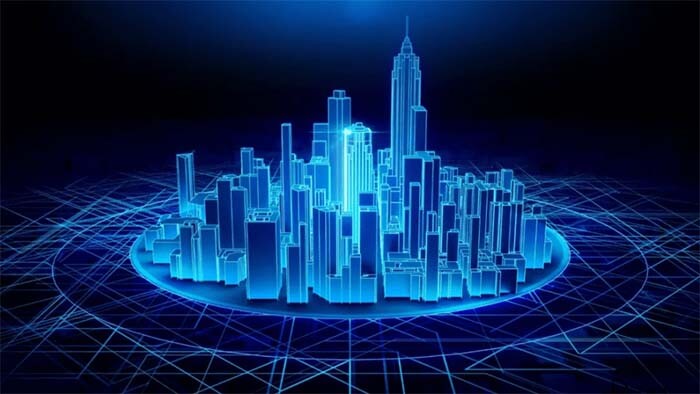
The Internet of Things is about connectivity and processing, and there is no better example than a smart city, but smart cities have been stagnant of late.
Smart sensors around communities will record everything from walking routes, shared car use, building occupancy, sewage flow and temperature options 24/7, with the goal of creating a comfortable, convenient, safe and clean environment for occupants.
Once this model is perfected, it could become a model for other smart communities and even smart cities. However, the potential benefits of IoT technology for cities make it particularly compelling.
Cities of all sizes are exploring how IoT can improve efficiency and security, and this infrastructure is increasingly being rolled out around the world.
Another area of smart IoT rollout is the automotive industry, where self-driving cars will become the norm in the coming years. Today, a large number of vehicles have a connected app that displays the latest diagnostic information about the car.
This is made possible through IoT technology, which is at the heart of the connected car. Diagnostic information isn’t the only IoT advancement that will be seen in the next year or so. Connected applications, voice search and current traffic information are some of the other factors that will change the way driving is done.
IoT Trend 6: Industrial IoT and Digital Twins
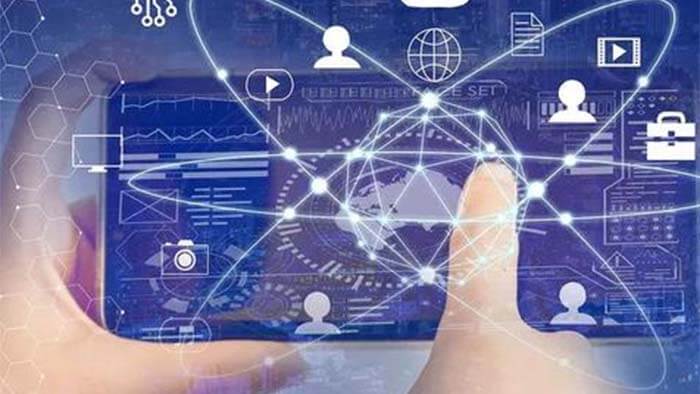
The convergence of technologies is driving this new technological industrial revolution, and the IoT is playing an important role in improving manufacturing efficiency, reducing risk and increasing profits.
The Industrial Internet of Things improves efficiency and productivity through data integration and analytics. This would not be possible without connected manufacturing processes.
Another concept that is gaining popularity is the digital twin technology. By using it, organizations can gain a clear understanding of how their IoT devices are interacting with the manufacturing process.
This gives keen companies insight into how the lifecycle of their machines works and allows them to anticipate changes that may be needed ahead of time.
According to a Gartner survey, 48% of smart manufacturing adoption rates have plans in place to leverage the digital twin concept.
IoT Trend 7: More movement to the edge
Edge computing is a technology that distributes the processing load and brings it closer to the edge of the network (in the case of IoT, the sensors).
The benefits of using fog computing are very attractive to IoT solution providers.
Some of these benefits are allowed: users minimize latency save network bandwidth operate reliably, and decisions are made quickly to collect a wide range of data with security.
Move data to the best location for processing by providing better analysis and insight into local data.
Edge computing has been on the rise in recent years, but the expanding range of IoT technologies will make this trend even more pronounced. Two factors have led to this change:
-Powerful edge devices in all forms are becoming cheaper and cheaper
-The increasing pressure on centralized infrastructure
Edge computing also makes on-device AI a realistic proposition, as it allows enterprises to leverage real-time data sets without having to sift through terabytes of data in the centralized cloud in real-time. In the coming years, if not decades, technology may shift to a balance between cloud computing and more distributed, edge-driven devices.
Hardware manufacturers are building specific infrastructure for the edge to make it more physically robust and secure, and security vendors will begin to provide endpoint security solutions for their existing services to prevent data loss, with insight into network health and threat protection, including privileged user control and application whitelisting and control, which will help enterprises rapidly adopt and propagate edge computing implementations.
IoT Trend 8: More Social, Legal and Ethical Issues
IoT devices are largely a new technology that is not regulated. In the near future, the IoT will inevitably face social and legal issues.
This is particularly relevant to the data collected by these devices, which may soon find themselves falling under the protection of the General Data Protection Regulation (GDPR), the EU regulation on the processing of personal data and privacy, which has implications beyond the European region.
Any business that wants to operate successfully in the EU will need to comply with the guidelines set out in this 88-page document.
When it comes to the legal regulation of personal data, security is essential.
Development teams can ensure the required security and compliance at all levels, including data encryption, active consent, various means of authentication and other mechanisms. The goal is to legally collect data and keep its accessibility, processing and storage to the minimum specified by the software product.
IoT Trend 9: Standardization will remain an issue
Standardization is one of the biggest challenges facing IoT development, a battle between industry leaders who want to dominate the IoT market in its early stages. But the current situation is one of fragmentation.
One possible solution is for a limited number of vendors to dominate the market, allowing customers to choose one and stick with any other connected device, similar to the current situation with Windows, Mac and Linux operating systems, none of which have cross-platform standards.
To understand the difficulty of standardization, all three categories need to be addressed in the standardization process: Platform connectivity applications
In the case of platforms, dealing with UX/UI and analytics tools; while connectivity deals with customer-device touchpoints; and finally, applications are home to the applications that control, collect and analyze data.
These three categories are interrelated, all essential, and the absence of one will break the pattern and hinder the standardization process. Fragmentation cannot be addressed without a strong push from organizations such as IEEE or government regulations to develop common standards for IoT devices.
IoT Trend 10: Building Realistic Digital Twins and Enterprise Metaverse
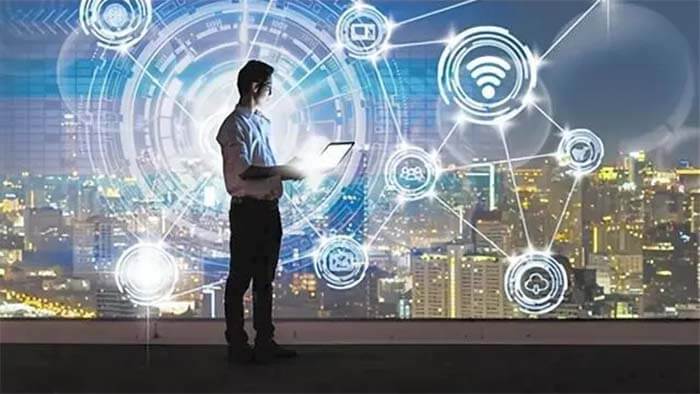
This is a combination of two important technology trends that will determine the application of innovative technologies across industries. For modern enterprises, virtual worlds will play an important role in bridging the gap between the virtual and real worlds.
Using IoT sensors, it will become easier to create realistic digital twins. Enterprise professionals can use virtual reality (VR) headsets to get inside the digital twin and understand its capabilities as they impact business outcomes.
IoT Trend 11: Stop Fraud with Enhanced IoT Security

IoT devices improve the way users live, but vulnerabilities in the network attract cybercriminals to exploit them. More connected devices mean more opportunities for fraudsters to achieve their malicious goals.
As the number of devices increases, manufacturers and security experts will be ready to combat fraud attempts by bad actors, and professionals can ensure unparalleled security of sensitive personal data.
The United Kingdom (UK) will introduce its Product Security and Telecommunications Infrastructure ( PTSI ) Act to address security in IoT systems.
IoT Trend 12 Leveraging the Internet of Things in Healthcare
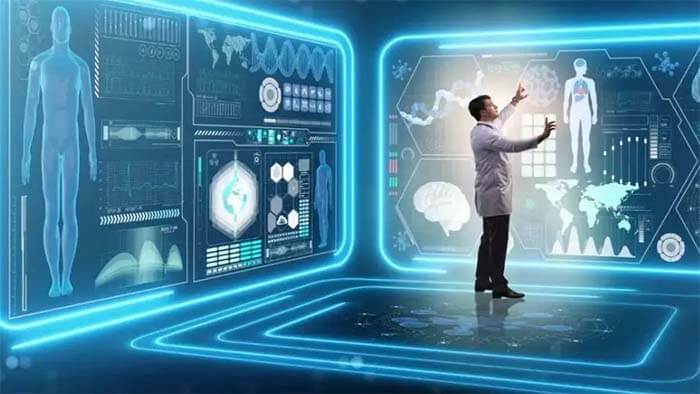
The healthcare industry offers tremendous growth opportunities for IoT technology, with the financial value of IoT-based medical devices set to reach approximately $267 billion.
A huge game changer is the use of wearable devices and in-home sensors that enable healthcare professionals to monitor patients. This not only provides 24/7 access to healthcare but also frees up valuable resources for urgent care.
More patients will become familiar with virtual hospital rooms, where sensors and telemedicine methods will help professionals handle patients.
The use of authentication services will also help the healthcare sector to stop bad actors from taking advantage of the system.
IoT Trend 13: Insight into Governance and Regulation in the IoT
The European Union (EU) will introduce legislation that will require smart device manufacturers and suppliers to comply with strict regulations. This applies to the collection and storage of customer data and what measures should be taken to ensure data privacy.
In China and elsewhere in the world, the IoT could drive massive growth in the enterprise sector. First, however, experts should develop a plan to circumvent privacy and individual rights concerns.
IoT Trend 14: Using IoT and Cloud Computing
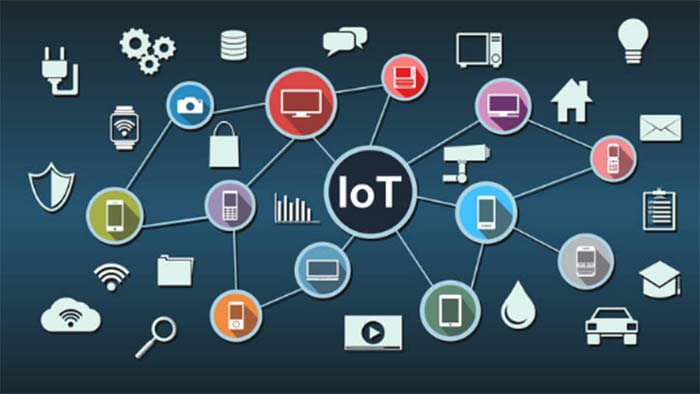
The combination of cloud computing and the IoT can increase data storage, improve data processing and ensure greater business scalability. It also reduces infrastructure costs and enhances security.
IoT and cloud computing also helps business professionals make real-time decisions and achieve goals by automating repetitive tasks. The global industrial IoT cloud market is expected to reach around $8.159 billion by 2026, growing at a CAGR of 10.98%.
IoT trends for the future
Here are the most important IoT trends, what will happen in the future of the IoT industry?
Along with closer integration with artificial intelligence, 5G technology, and continued support from industrial policies, IoT is rapidly expanding to a wider range of application scenarios. With the gradual maturity of the technology, the global IoT is entering a rapid growth period of scale and industrialization.
In the past five years, a number of IoT services have entered the market. Over time, companies are realizing the potential of IoT systems to enhance security, automate daily tasks and simplify data processing.
The size of the IoT market will continue to grow exponentially over the next decade. As a result, IoT will become a powerful force for change in human society.
Besides this Top 14 IoT Trends to Emerge in 2024 article, you may also be interested in the below articles.
PCB Antenna VS. External Antenna
Ceramic Antenna VS. PCB Antenna, A Comparison Guide
Wifi vs. 5G, is 5G better than Wifi?
Mobile Networks’ Evolution From 1G To 5G

